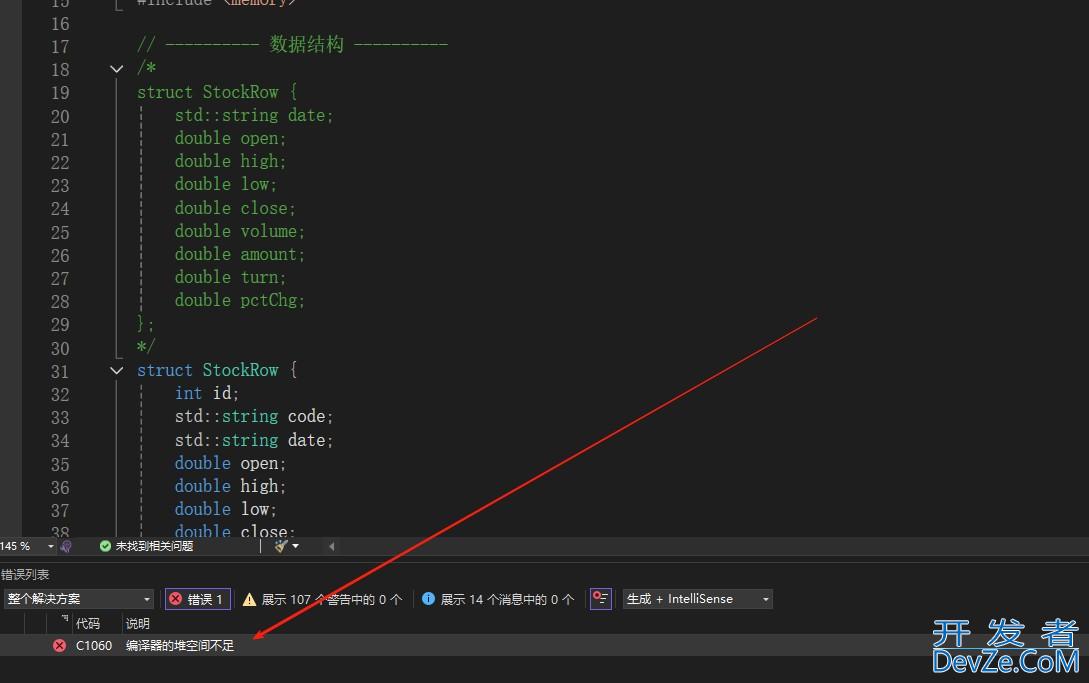JDBC连接Mysql的5种方式实例总结
目录
- 测试环境说明
- 第python一种方式
- 第二种方式
- 第三种方式
- 第四种方式
- 第五种方式
- 总结
测试环境说明
mysql数据库:jdbc:mysql://localhost:3306/test
IDE:IDEA 2022
JDK:JDK8
mysql:mysql 5.7
JDBC:5.1.37
第一种方式
使用静态加载驱动方式,连接mysql
这种方式灵活性差,依赖性强
public void connection01() throws SQLException {
// 注册驱动
Driver driver = new Driver();
// 创建Properties对象,用于保存mysql账号和密码键值对
Properties properties = new Properties();
properties.setProperty("user", "root");
properties.setProperty("password", "123456");
String url = "jdbc:mysql://localhost:3306/test";
// 得到mysql的连接
Connection connection = driver.connect(url, properties);
// 得到可以与mysql语句进行交互的对象
Statement statemenpythont = connection.createStatement();
// 关闭与 mysql语句进行交互的对象
statement.close();
// 关闭与mysql的连接
connection.close();
第二种方式编程客栈
在第一种方式的基础上使用反射动态加载驱动,依赖性减小、灵活性提高
public void connection02() throws ClassNotFoundException, InstantiationException, IllegalAccessException, SQLException {
// 使用反射动态加载mysql驱动件程序
Class<?> aClass = Class.forName("com.mysql.jdbc.Driver");
Driver driver = (Driver) aClass.newInstance();
// 创建Properties对象,用于保存mysql账号和密码键值对
Properties properties = new Properties();
properties.setProperty("user", "root");
properties.setProperty("password", "123456");
String url 编程客栈= "jdbc:mysql://localhost:3306/test";
// 得到mysql的连接
Connection connection = driver.connect(url, properties);
// 得到可以与mysql语句进行交互的对象
Statement statement = connection.createStatement();
// 关闭与 mysql语句进行交互的对象
statement.close();
// 关闭与 mysql语句进行交互的对象
connection.close();
}
第三种方式
使用DriverManager统一进行管理
public void connection03() throws ClassNotFoundException, InstantiationException, IllegalAccessException, SQLException {
// 使用反射动态加载mysql驱动件程序
Class<?> aClass = Class.forName("com.mysql.jdbc.Driver");
Driver driver = (Driver) aClass.newInstance();
String user = "root";
String password = "123456";
String url = "jdbc:mysql://localhost:3306/test";
// 使用DriverManager加载Driver
DriverManager.registerDriver(driver);
// 得到mysql的连接
Connection connection = DriverManager.getConnection(url, user, password);
// 得到可以与mysql语句进行交互的对象
Statement statement = connection.createStatement();
// 关闭与 mysql语句进行交互的对象
statement.close();
// 关闭与 mysql语句进行交互的对象
connection.close();
}
第四种方式
其实Class.forName(“com.mysql.jdbc.Driver”)在底层已经自动加载好了Driver实例
所以Driver driver = (Driver) aClass.newInstance();这句话可以省略
这种方式也是开发中使用最多的一种方式
public void connection04() throws ClassNotFoundException, SQLException {
// 使用反射动态加载mysql驱动件程序
Class<?> aClass = Class.forName("com.mysql.jdbc.Driver");
String user = "root";
String password = "123456";
String url = "jdbc:mysql://localhost:3306/test";
// 得到mysql的连接
Connection connection = DriverManager.getConnection(url, user, password);
// 得到可以与mysql语句进行交互的对象
Statement statement = connection.createStatement();
// 关闭与 mysql语句进行交互的对象
statement.close();
// 关闭与 mysql语句进行交互的对象
connection.close开发者_自学开发();
}
第五种方式
mysql5.16后可以不用Class.forName(“com.mysql.jdbc.Driver”);来加载驱动了
从jdk1.5以后使用了jdbc4,不再需要显示调用class.forName()注册驱动而是自动调用驱动jar包下META-INF\services\Java.sql.Driver文本中的类名称去注册建议还是写上 CLass . forName(“com.mysql.jdbc.Driver”),更加明确,兼容性更好这里同时使用properties配置文件实现动态信息动态读取,灵活性得到提升
推荐使用这种方式
src/com/mysql/mysql.properties配置文件内容如下
url=jdbc:mysql://localhost:3306/test user=root password=123456
连接mysql程序
public void connection05() throws SQLException, ClassNotFoundException, IOException {
// 使用Properties读取配置文件下的内容
Properties properties = new Properties();
properties.load(new FileInputStream("src/com/mysql/mysql.properties"));
String url = properties.getProperty("url");
String user = properties.getProperty("user");
String password = properties.getProperty("password");
// 得到mysql的连接
Connection connection = DriverManager.getConnection(url, user, password);
// 得到可以与mysql语句进行交互的对象
Statement statement = connection.createStatement();
// 关闭与 mysql语句进行交互的对象
statement.close();
// 关闭与 编程mysql语句进行交互的对象
connection.close();
}
总结
到此这篇关于JDBC连接Mysql的5种方式的文章就介绍到这了,更多相关JDBC连接Mysql内容请搜索我们以前的文章或继续浏览下面的相关文章希望大家以后多多支持我们!






 加载中,请稍侯......
加载中,请稍侯......
精彩评论